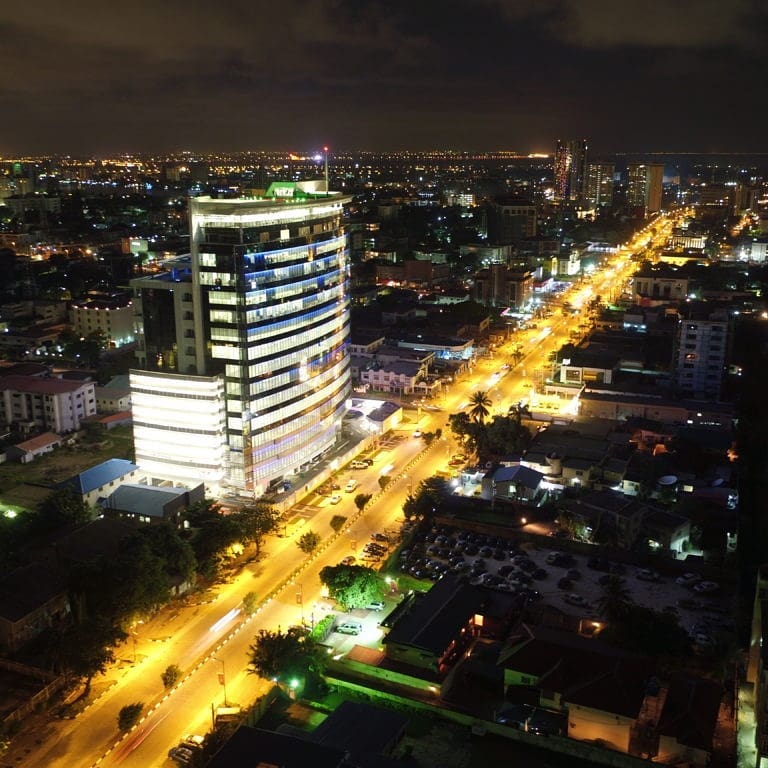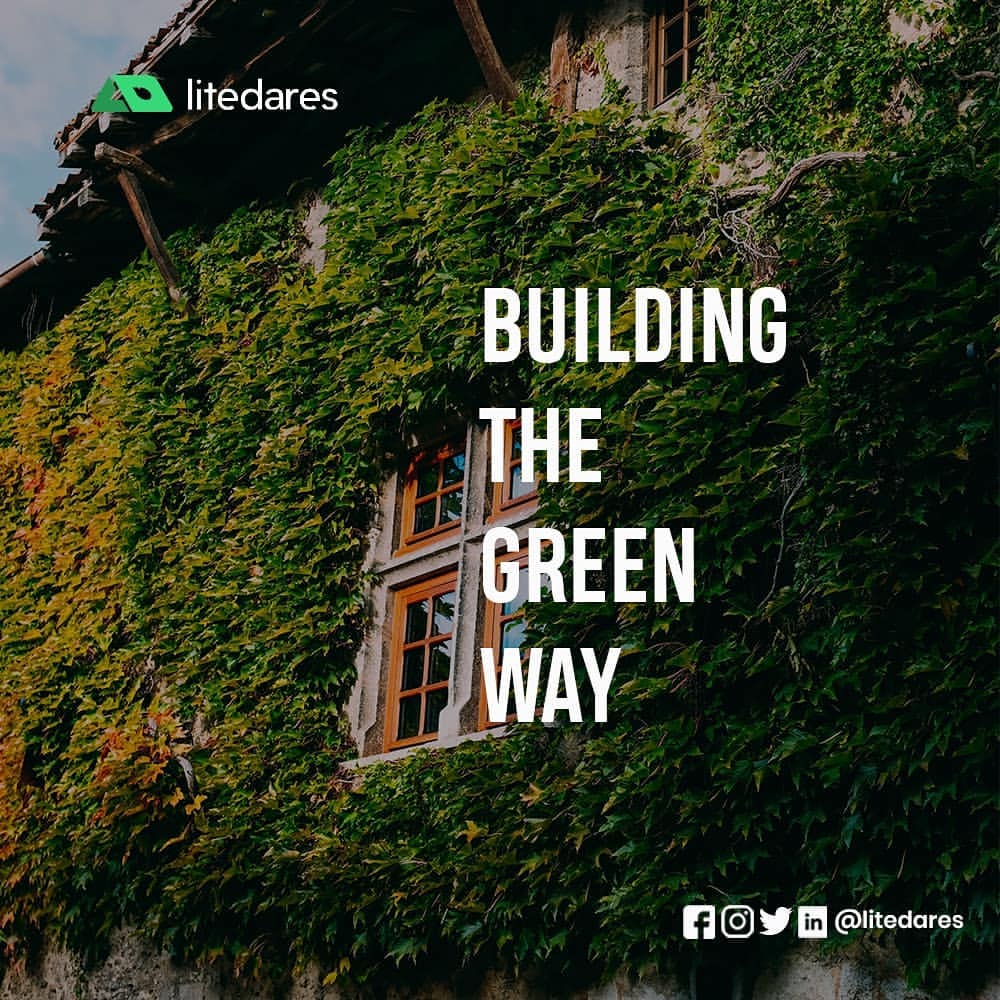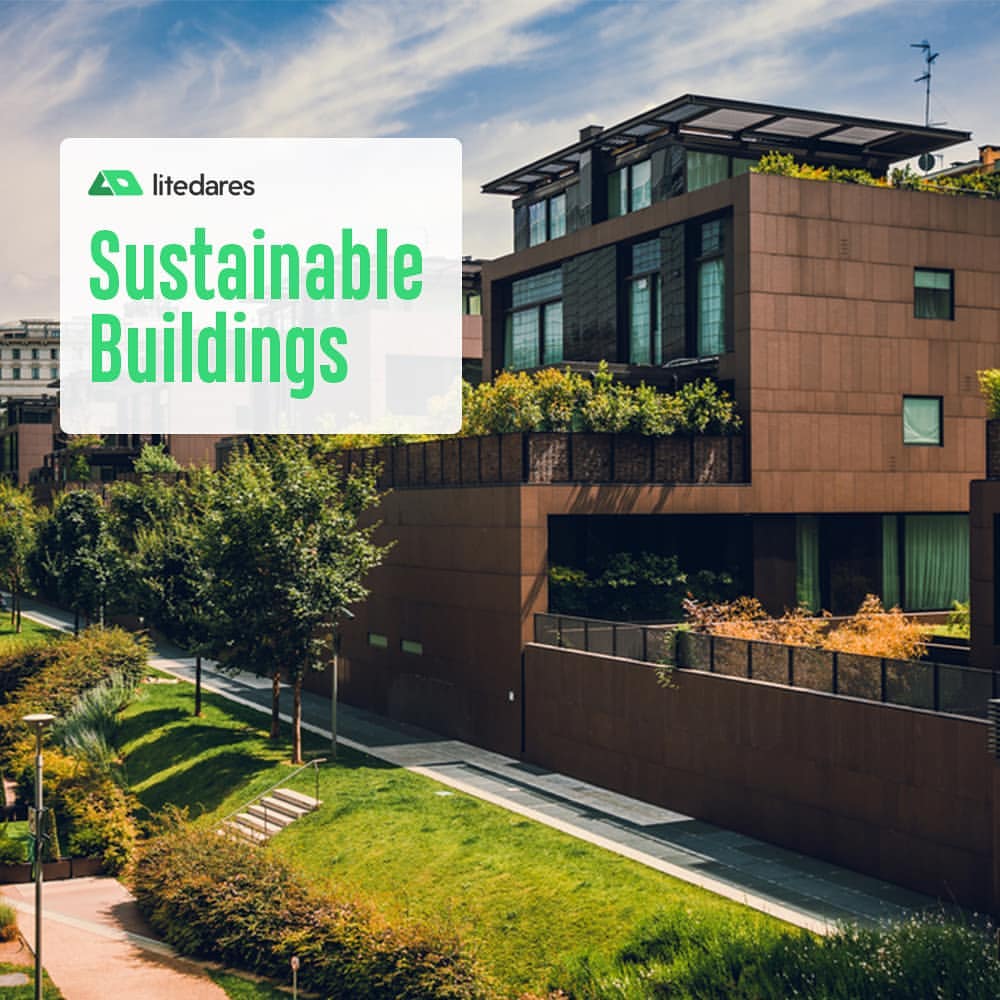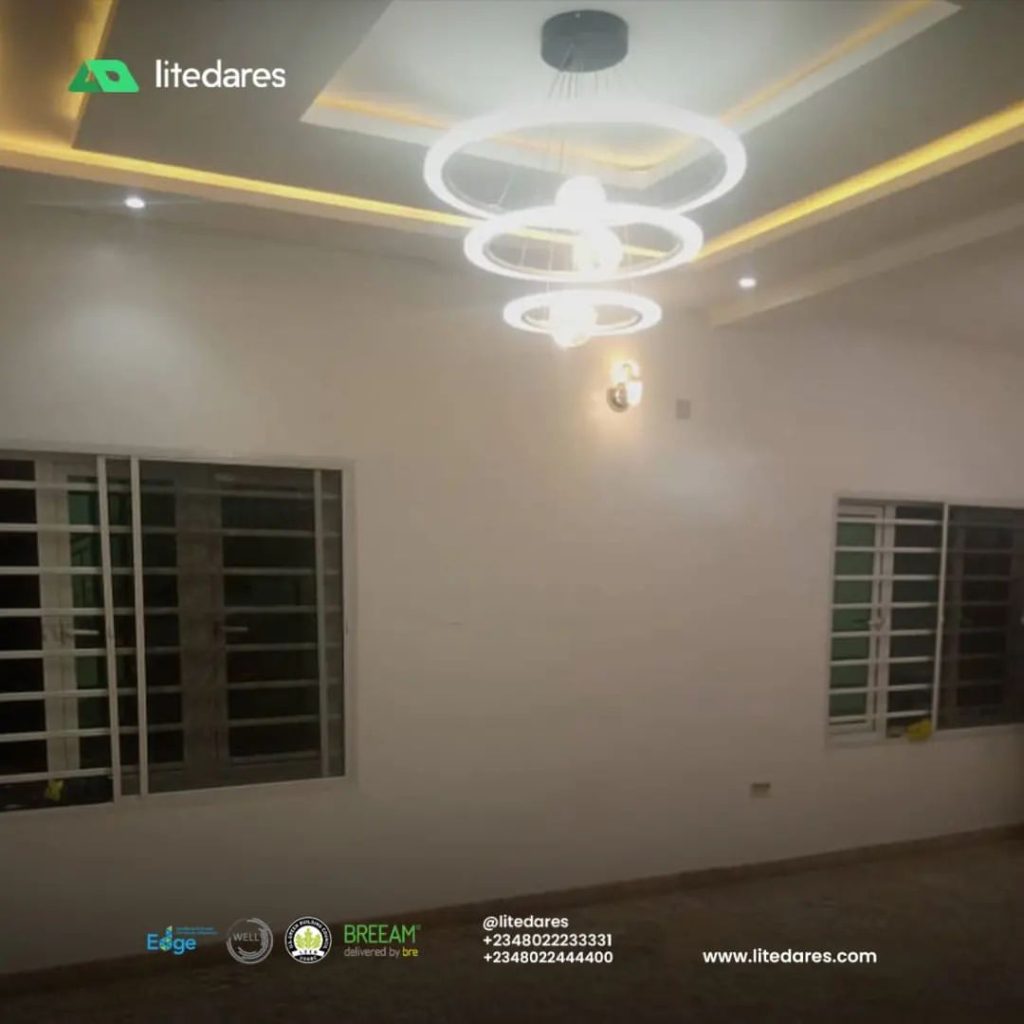
Difference Between Green Building and Sustainable Building
Green building and sustainable building are not new words. In fact, these two terms are often used interchangeably. While they share common goals, they are not quite the same. What exactly is green building, and what is sustainable building? We will delve into the key differences between green buildings and sustainable buildings to help you understand their distinct approaches to environmentally responsible construction.
Green Buildings: Environmental Performance

Green buildings, also known as eco-friendly buildings, primarily focus on minimizing their environmental impact throughout their lifecycle. These structures prioritize resource efficiency, reduced energy consumption, and lower emissions. The primary objective of green buildings is to achieve specific environmental certifications. The certification includes LEED (Leadership in Energy and Environmental Design) or BREEAM (Building Research Establishment Environmental Assessment Method), which serve as benchmarks for sustainability.
These are the key characteristics of green buildings:
- Energy Efficiency: Green buildings aim to reduce energy consumption through improved insulation, energy-efficient HVAC systems, and the integration of renewable energy sources like solar panels.
- Water Conservation: In green buildings, water-efficient fixtures, rainwater harvesting, and wastewater treatment systems are commonly found to reduce water consumption.
- Sustainable Materials: The choice of sustainable and locally sourced materials helps reduce the environmental footprint of construction projects.
- Indoor Air Quality: To ensure healthier indoor environments for occupants, ventilation and air filtration systems are implemented
- Waste Reduction: Construction waste is minimized by recycling and reusing materials during the building process.
- Certifications: Green buildings often seek green building certifications to validate their environmental performance, such as LEED, BREEAM, or Edge.
Sustainable Building: A Broader Perspective

Sustainable building and design take a more holistic approach by considering not only environmental factors but also economic and social aspects. Sustainability extends beyond the construction phase to encompass long-term maintenance and operational practices. The goal is to create buildings that not only reduce their ecological footprint but also contribute positively to the community and economy.
These are the key characteristics of sustainable building:
- Triple Bottom Line: Sustainability considers the “triple bottom line”—the balance between environmental, economic, and social aspects. This approach ensures that buildings benefit people, the planet, and profits.
- Longevity: Sustainable designs prioritize the long-term durability and adaptability of buildings to minimize the need for demolition and reconstruction.
- Community Engagement: Sustainable buildings often engage with the local community. By providing amenities and contributing to the overall well-being of the area.
- Life Cycle Assessment: A thorough analysis of a building’s entire life cycle, from construction to operation and eventual deconstruction, is conducted to assess its true sustainability.
- Biodiversity and Ecosystems: Sustainable designs aim to preserve or restore local ecosystems and biodiversity, incorporating green spaces and natural habitats.
- Social Equity: The inclusion of accessible design features and addressing social equity issues within the building’s community are essential components of sustainable designs.
Let’s take, for example, the purchase of lighting accessories for a construction project. The decision to purchase LED light from both the green building and the sustainable building perceptive.
An Illustration of the Difference Between Green Building and Sustainable Building using LED light

Green perception: Energy efficiency and Environmental Impact
- It is highly energy-efficient.
- It uses significantly less electricity to produce the same amount of light, reducing greenhouse gas emissions associated with electricity generation.
- It contains fewer hazardous materials like mercury.
- Some LED manufacturers focus on using sustainable materials and designing products for easy recycling
- LEDs emit less heat compared to incandescent bulbs, which can reduce the demand for air conditioning, further saving energy.
Sustainable perception
In addition to the green perception, we still have the economy and the social benefits
- LEDs have a longer lifespan than traditional bulbs, reducing the frequency of manufacturing and disposal.
- They typically use 75–80% less energy than incandescent bulbs and can last up to 25,000 hours or more, resulting in significant cost savings over time for both households and businesses.
- Reduced energy consumption leads to lower electricity bills for consumers and businesses, resulting in long-term economic benefits.
- LED lighting can have positive effects on human health by providing more natural and customizable lighting options, which can improve mood and productivity.
- LED lighting can enhance safety by providing brighter and more even illumination in various settings, including streets, workplaces, and homes.
- The LED industry’s growth has stimulated technological innovation and the development of smart lighting systems, which offer convenience and energy savings.
What Should You Be Striving For?
While green buildings and sustainable buildings both seek to address environmental concerns and promote responsible construction practices, they differ in their scope and approach. Green buildings focused on environmental performance. Also, it often seeks certification through recognized standards. In contrast, sustainable building takes a broader perspective, considering economic and social factors alongside environmental ones. They aim to create structures that are not only eco-friendly but also contribute positively to the community and economy in the long term.
As the demand for sustainable construction practices continues to grow, understanding the distinctions between green buildings and sustainable buildings is crucial for making informed decisions that align with our collective goals of a more sustainable and environmentally responsible future.
Do you need help to figure out what steps to take for your project to be more sustainable?
Litedares team can help you get started! We will tell you the most suitable option for your buildings. Contact us, we would love to partner with you.



